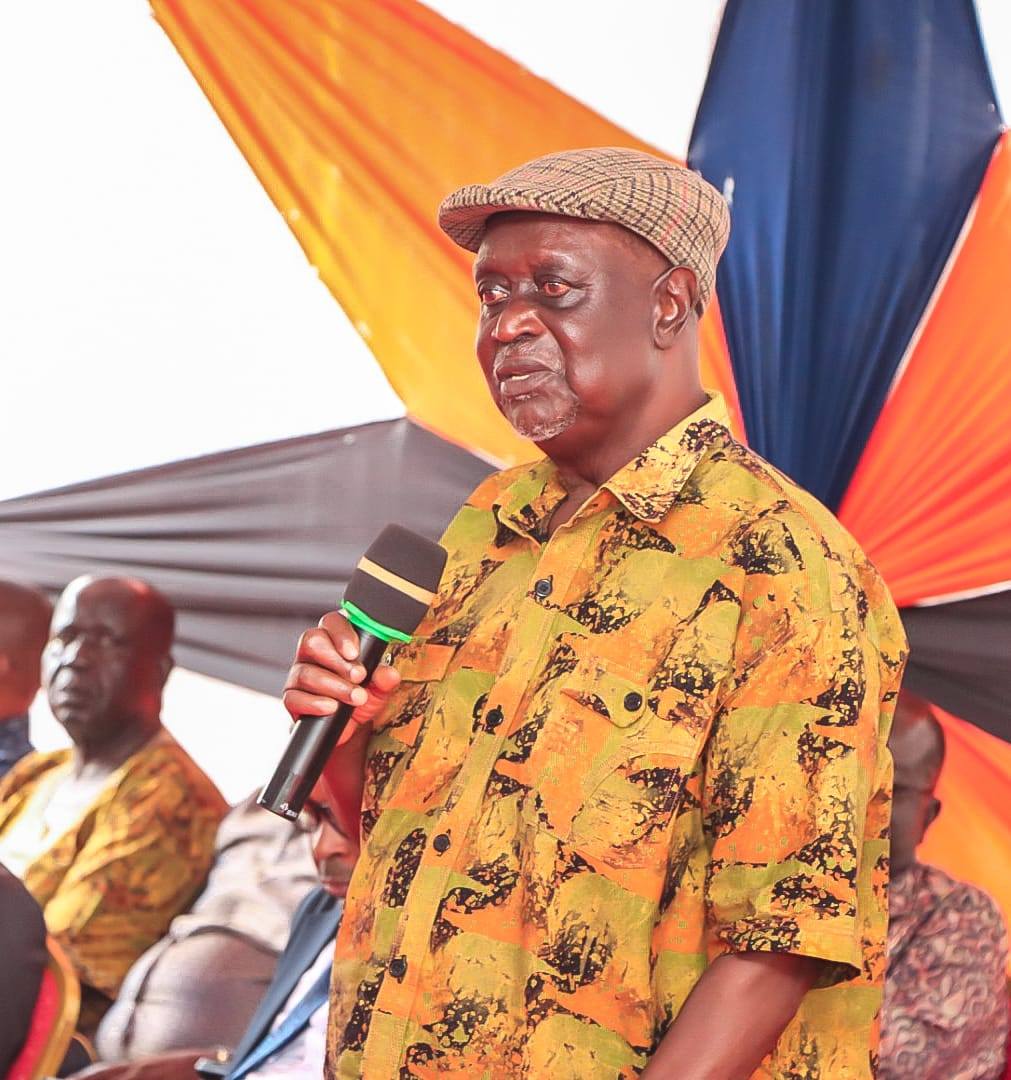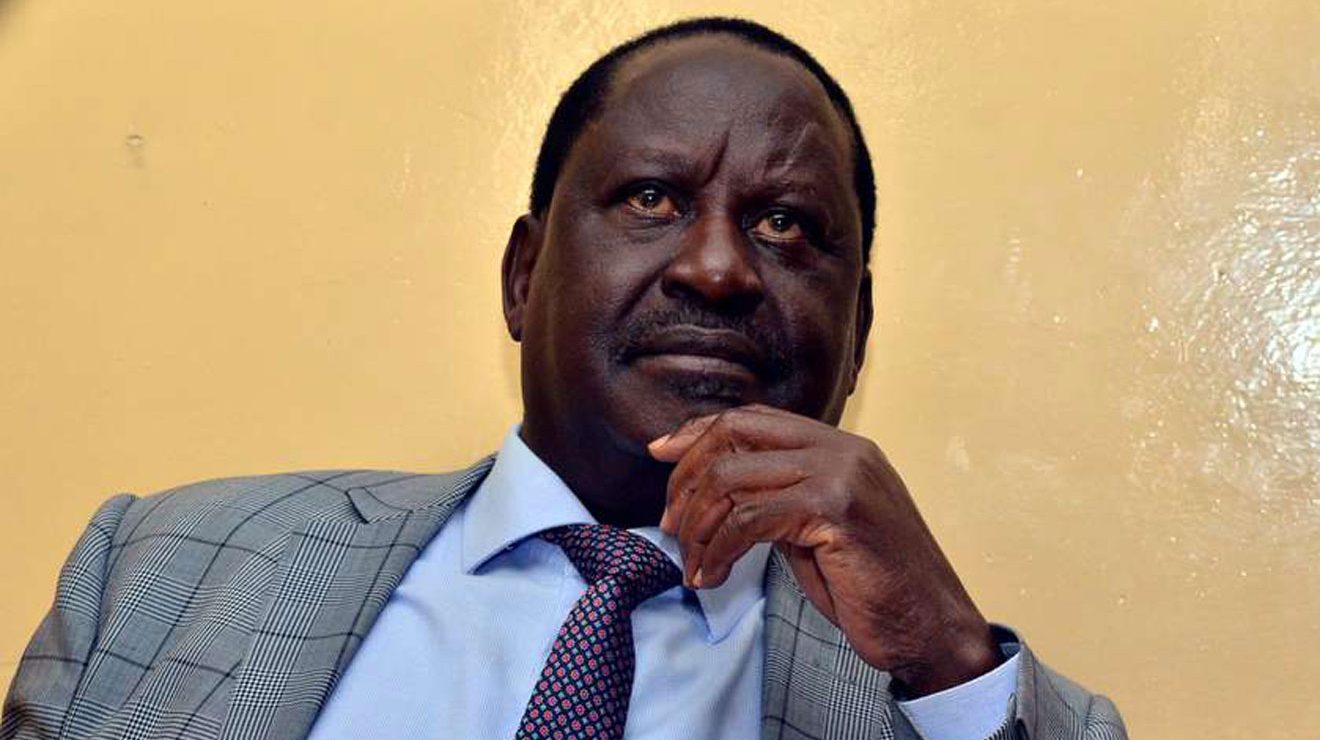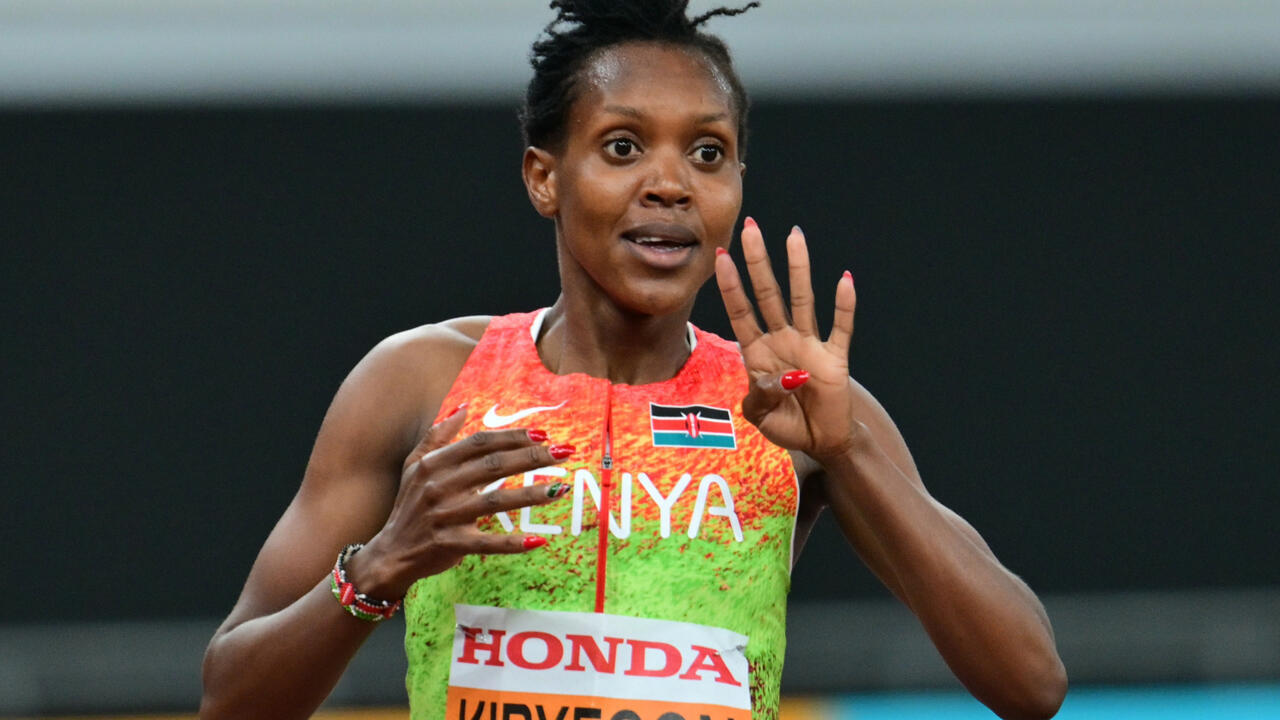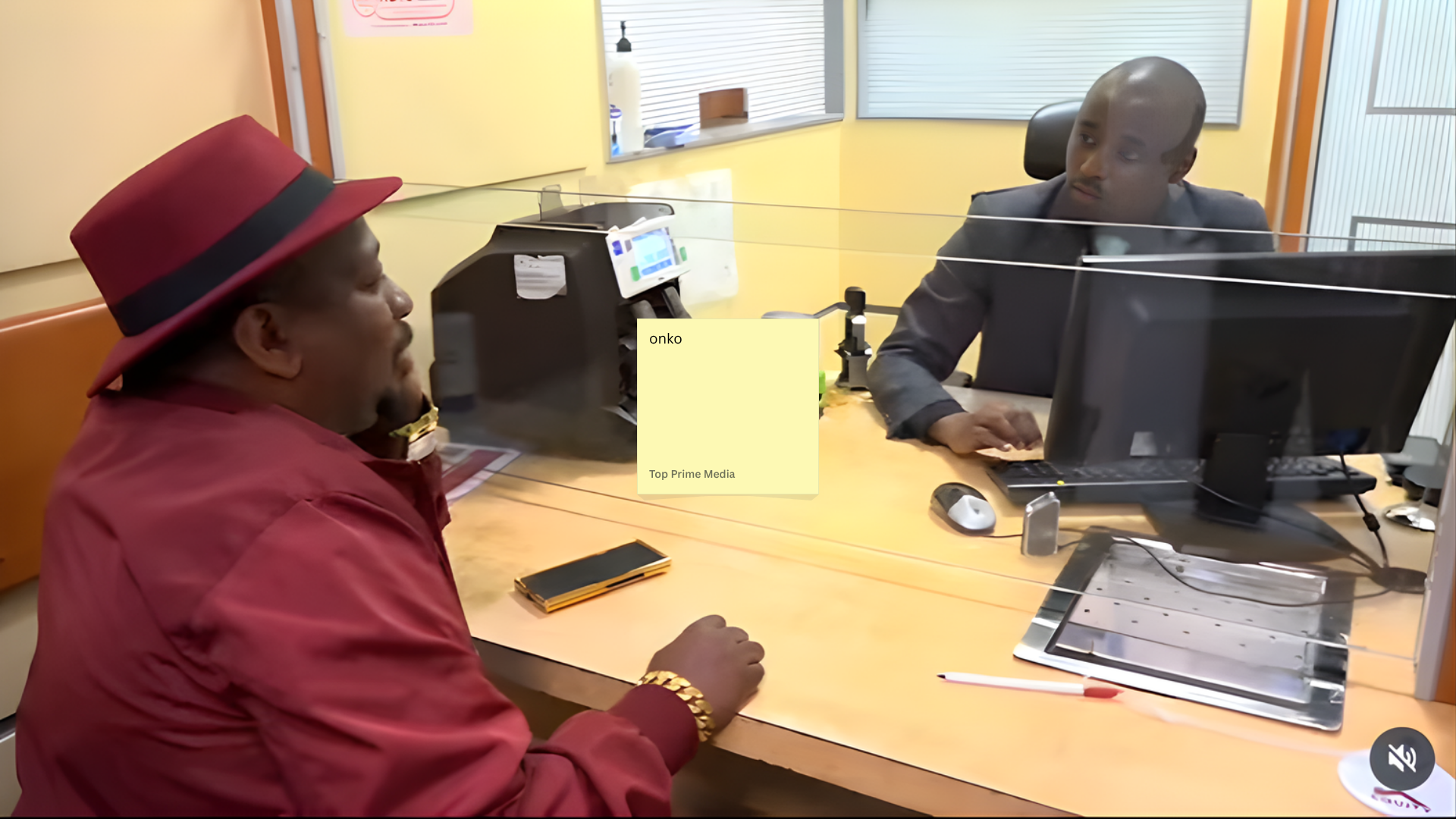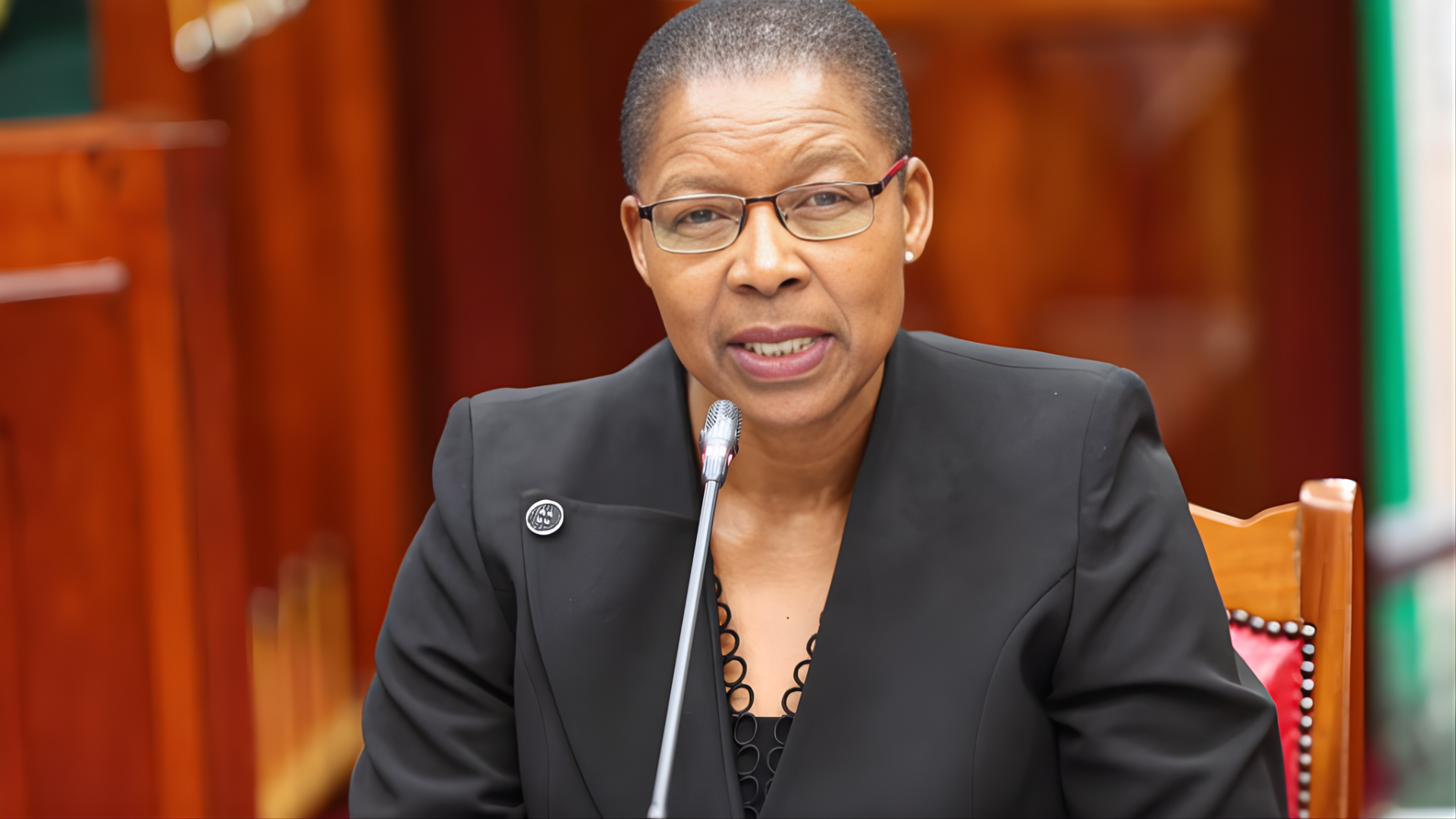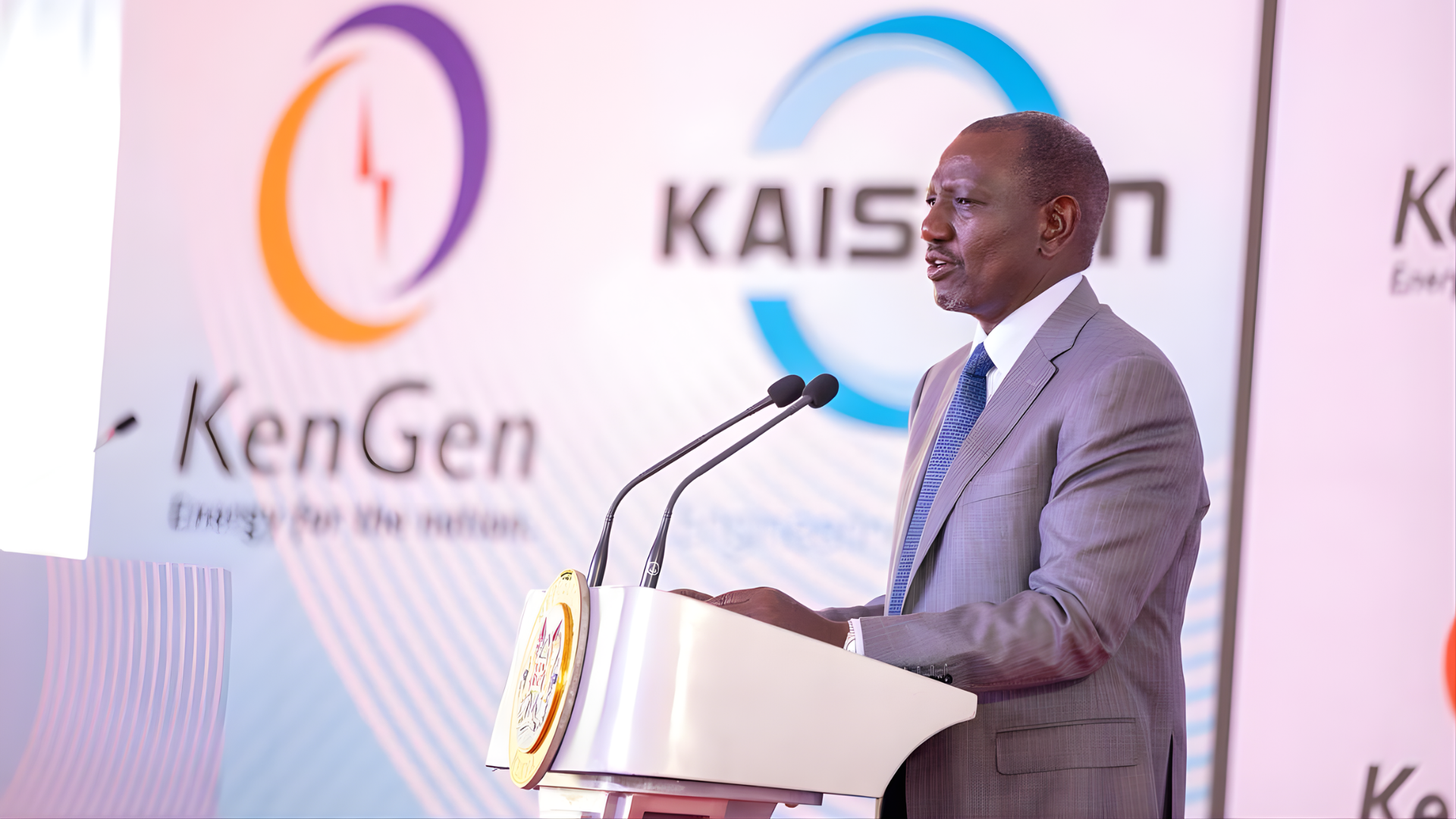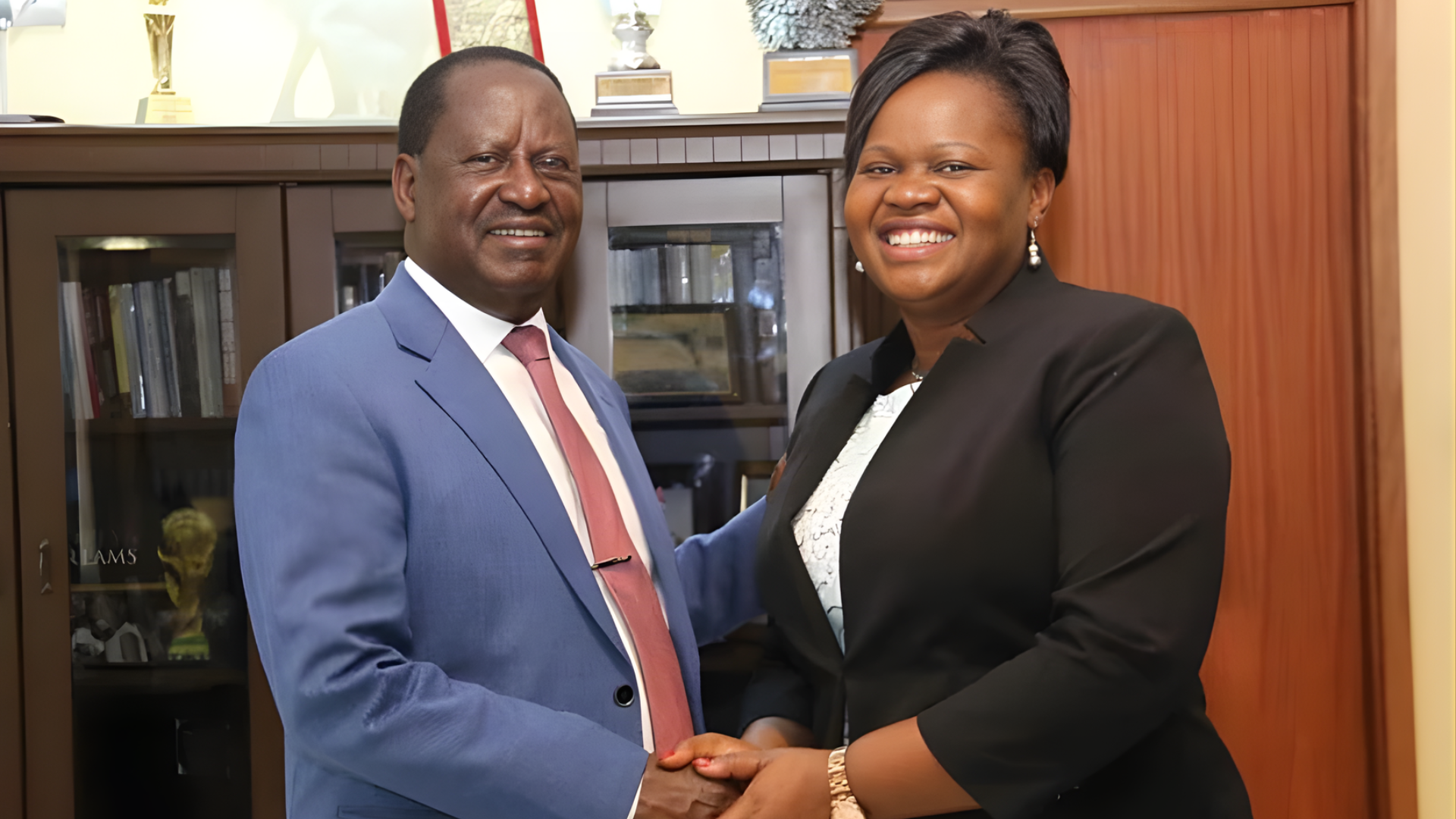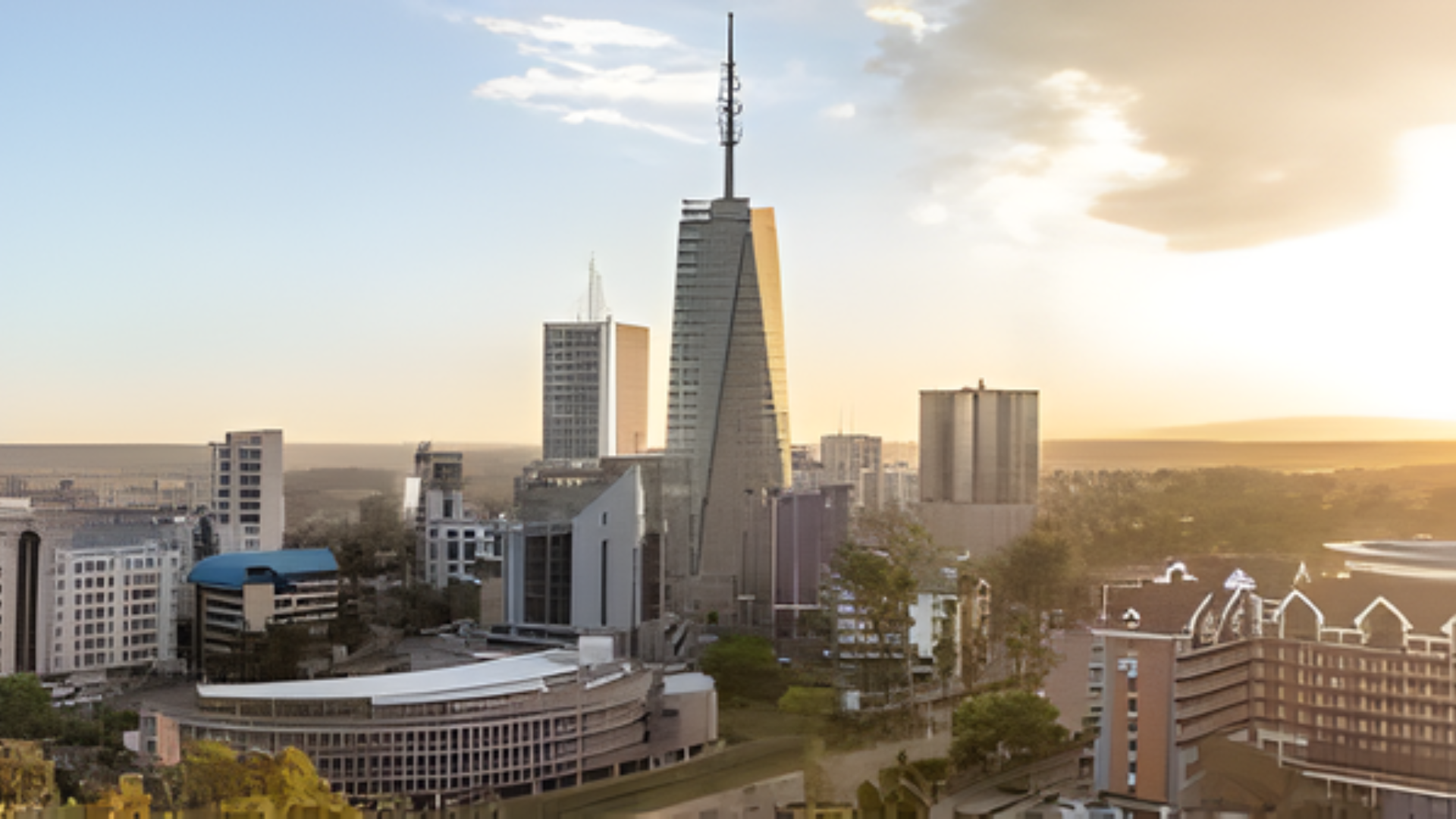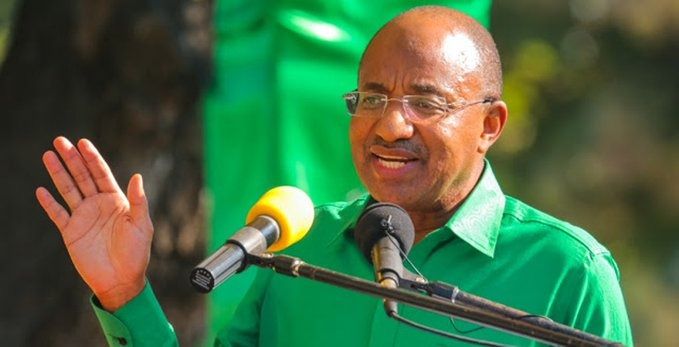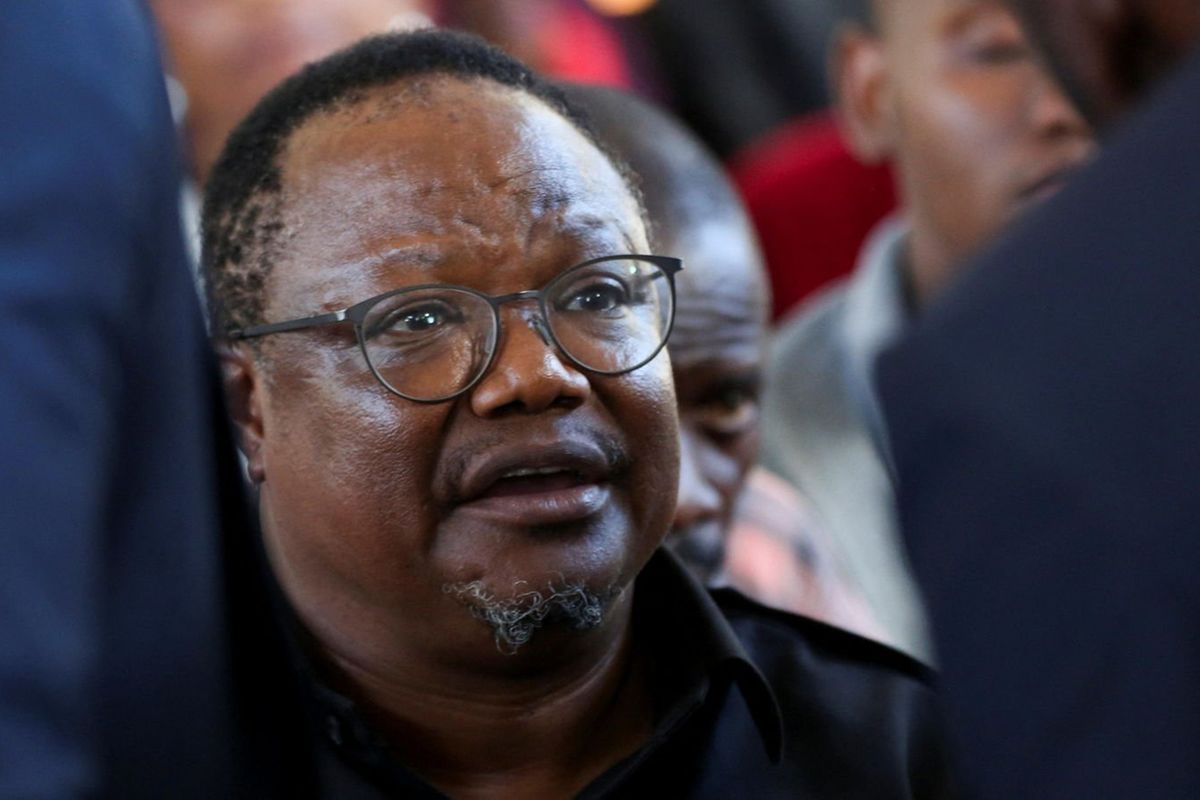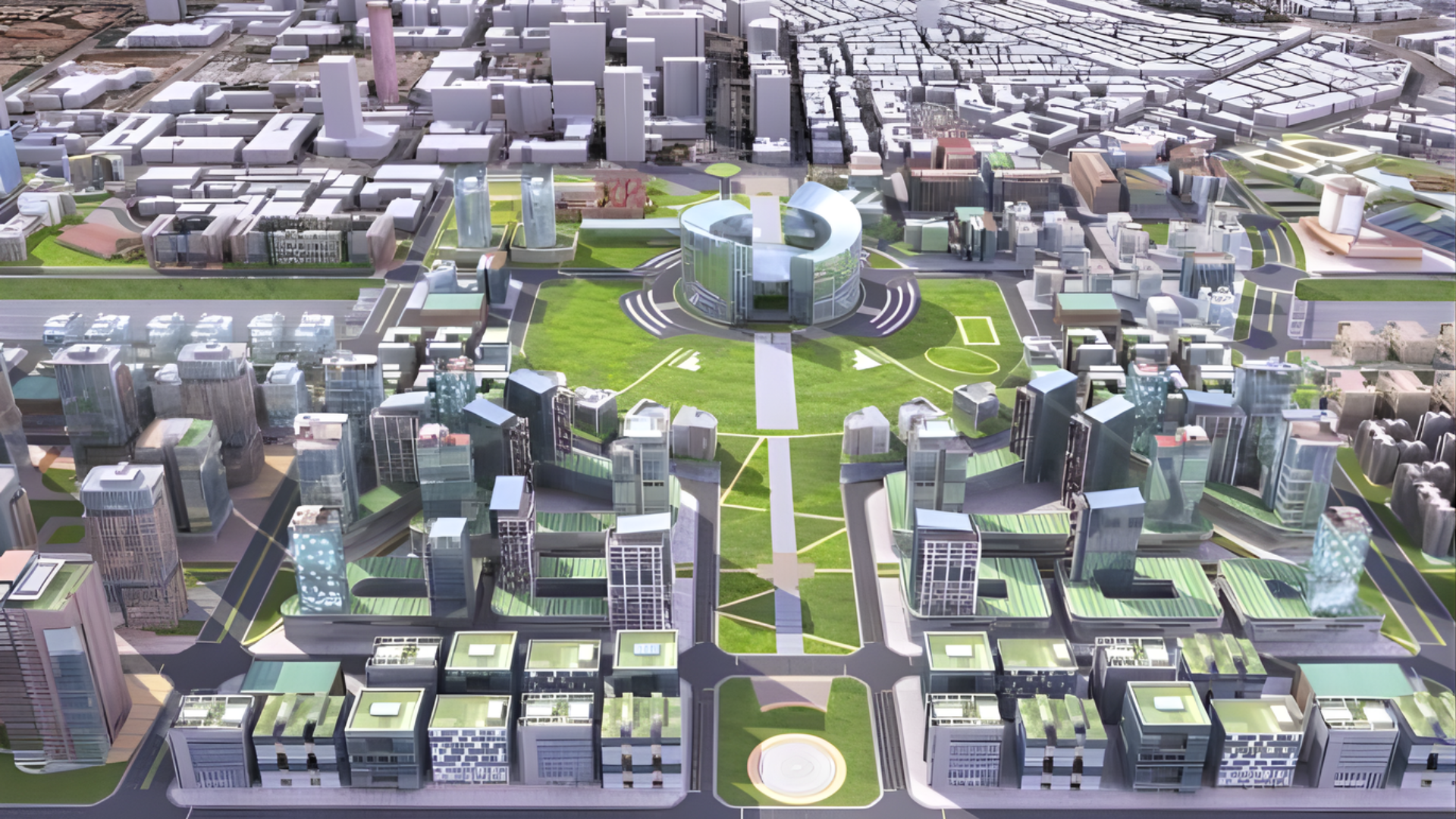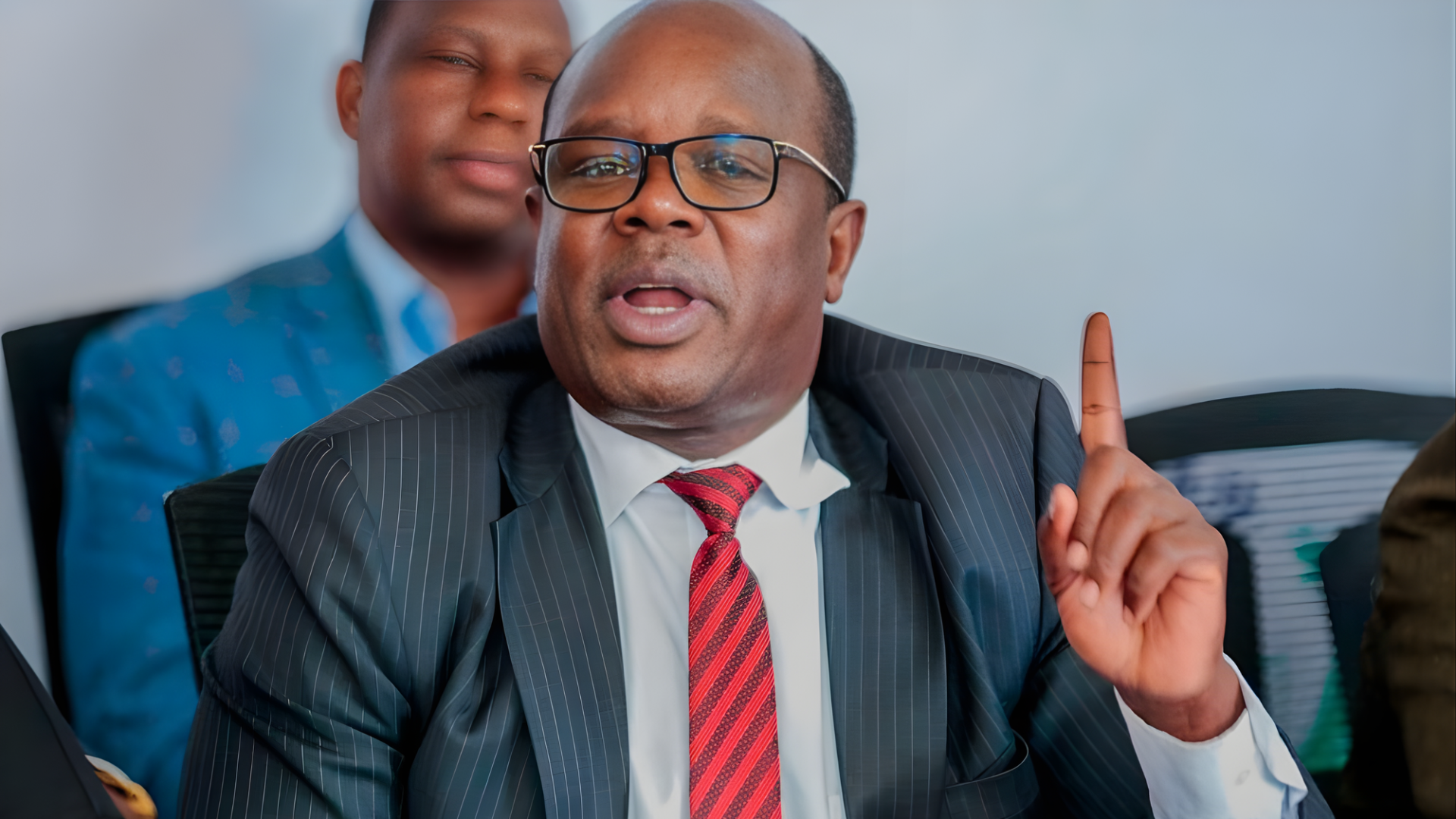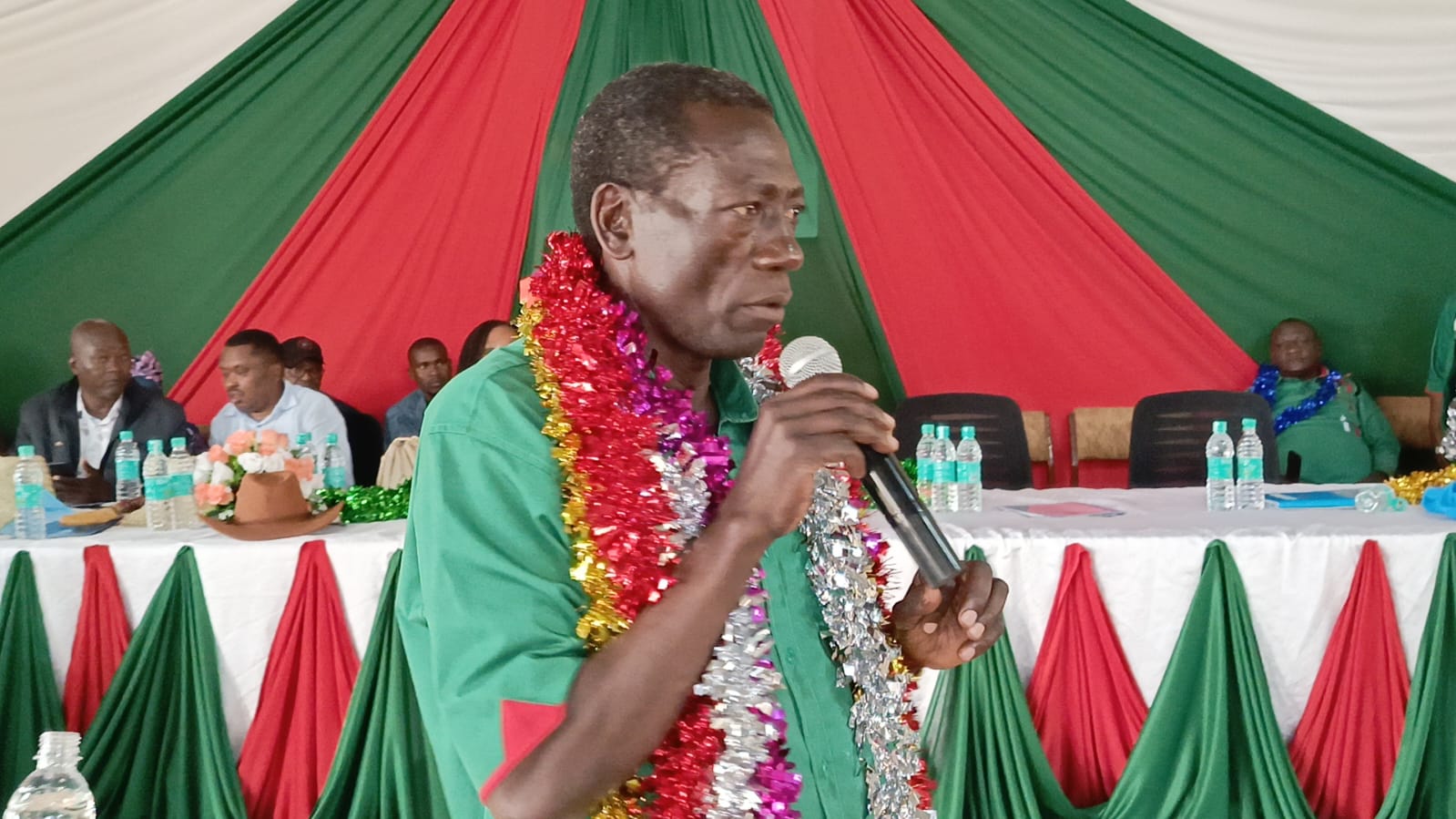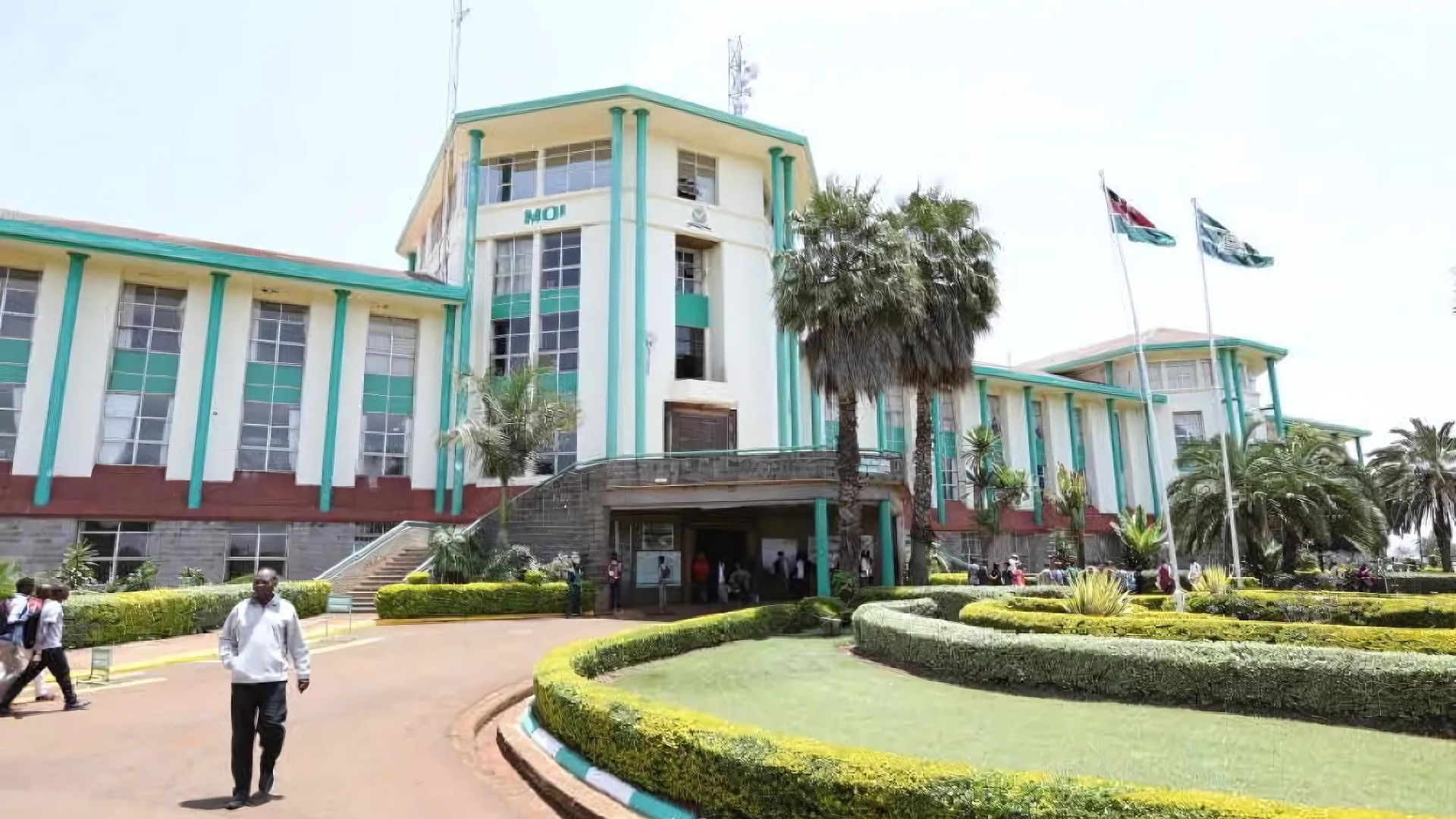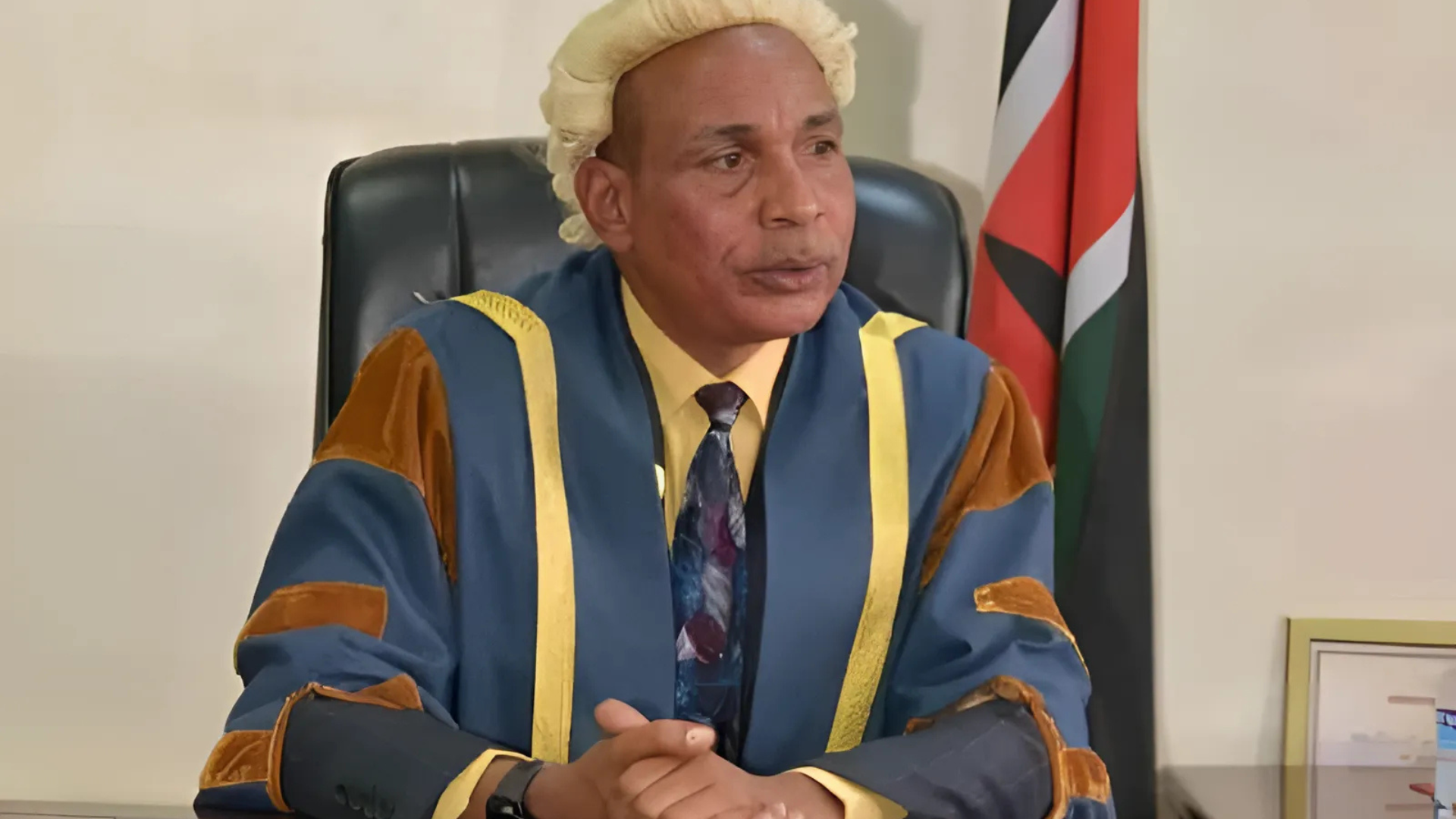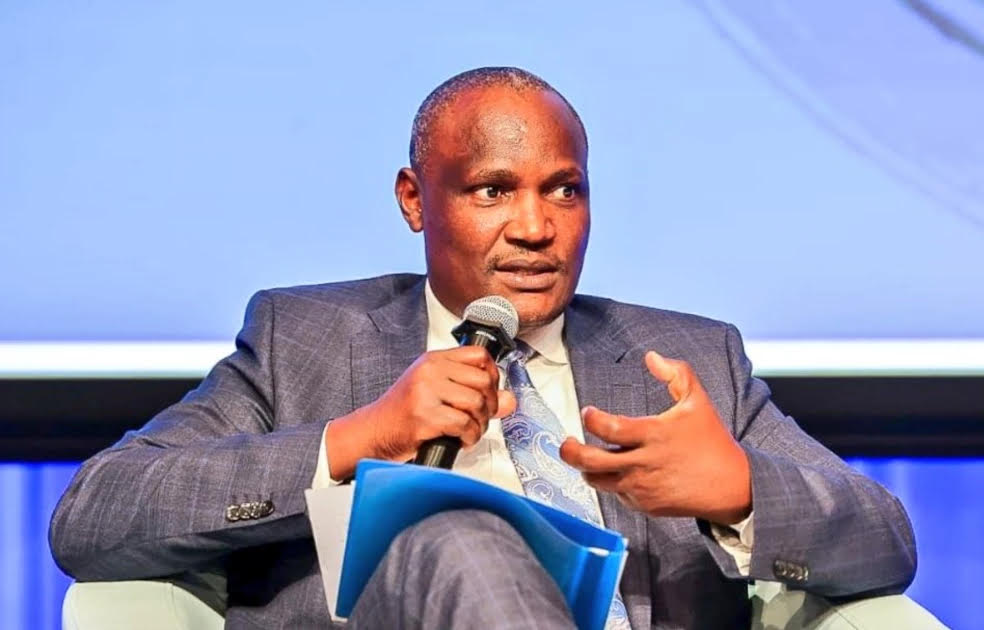President Ruto's re-election bid is heavily centered on presenting a "solid report card" of economic and social achievements . His administration is highlighting macroeconomic stability as a key success, pointing to a significant drop in inflation and a stronger shilling . Beyond these figures, the government is promoting several flagship projects:
- The Affordable Housing Programme is positioned not just as a shelter project, but as a mass employment driver, claimed to have created hundreds of thousands of jobs .
- Universal Health Coverage (UHC), under the TaifaCare initiative, is cited as a major reform, with the government reporting enrollment of over 23 million Kenyans .
- Agricultural Reforms involving subsidized fertilizer are framed as a key success, with the administration claiming a 50% increase in food production and better prices for coffee and sugar farmers .
🗳️ The Political Machine: Alliances and Opposition Dynamics
Politically, the strategy involves a blend of grassroots mobilization and high-level alliance building.
- The Church and Grassroots: The president is working to lock in his 2022 constituency, the Church, and continues grassroots empowerment programs .
- The Raila Odinga Factor: There are strong indications of a potential alliance with former rival Raila Odinga and his ODM party. Deputy President Kithure Kindiki has suggested that a combined Ruto-Raila voting bloc would be too formidable for the opposition to defeat .
- A Divided Opposition: The president's campaign may benefit from a fragmented opposition. The United Opposition alliance faces internal cracks and disagreements over who should be its flagbearer, with figures like former Deputy President Rigathi Gachagua, Wiper's Kalonzo Musyoka, and Jubilee's Fred Matiang'i all seen as potential candidates . Some opposition figures have warned that fielding a candidate from the Mt. Kenya region could inadvertently hand Ruto a second term by splitting the vote .
⚠️ Challenges and Vulnerabilities
Despite the prepared strategy, the administration faces significant headwinds that could impact its 2027 prospects.
- Public Resentment and Protests: The government has faced sustained, youth-led demonstrations over the high cost of living, new taxes, and alleged police brutality . Acknowledging this, Prime Cabinet Secretary Musalia Mudavadi admitted the government has done a poor job communicating its achievements .
- Controversial Rhetoric: Comments from the president and his allies have raised concerns. President Ruto himself stated he "cannot hand over leadership" to opponents he labeled as "tribalists with no plan," a remark that critics fear signals a potential unwillingness to accept defeat in 2027 .
- Economic Pressures Persist: While the government touts macroeconomic gains, critics argue that the cost of living remains high for ordinary Kenyans, who are feeling the pinch from increased tax deductions for housing, health, and social security .
In summary, President Ruto is building a re-election machine that leans heavily on economic data and social programs. However, the success of this strategy will ultimately depend on whether a majority of Kenyan voters feel these reported gains have tangibly improved their lives by 2027, and on how effectively a still-forming opposition can unite behind a single candidate.


